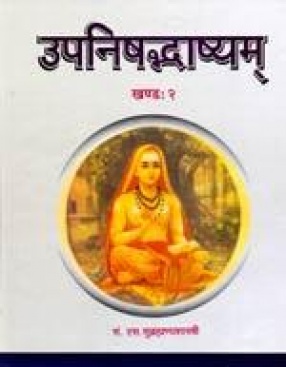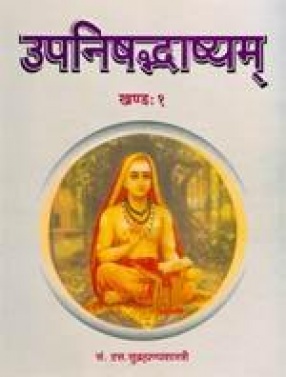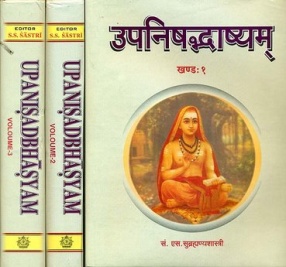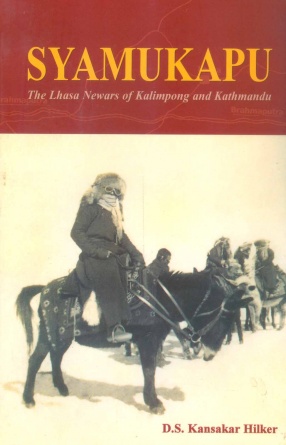Shri Shankarabhagavatpada's Upanisadbhasyam (Volume 3)
The Veda is the fountainhead of Hinduism, more appropriately called Brahmanism the religion of the ever expansive Divine Being, as compared to Zorastrianism, the religion as preached by Zoraster; Christianity, the religion as preached by Christ; Buddhism, the religion as preched by the Buddha; Jainism, the religion as preached by Jaina, and so on and so forth. Brahmanism is so called because it is enunciated in the Brahmana part of the Veda, it is studied and professed by the Brahmana, its goal is the realization of Brahman, and it is devoted to Brahman. The main theme of the Veda is nothing but Brahman. The ideal Hindu is the real Brahmana, that is, who has been able to see Brahman (Divinity) as his true being. The Veda does not exhaust itself in formulating a code of conduct or catechism of faith, but leads the soul to Realization, where one is freed from the bondage of all fixed conduct or faith. Thus one can easily see that Hinduism is more a science of Reality rather than a religion as understood by non-Hindus. The Place of Chandogya-Upanisad in the Veda: The Veda is divided into a liturgical portion called the Mantrabhaga, and another the application portion called the Brahmanabhaga, which is again sub-divided into the ritualistic portion (Brahmana), the devotional and meditational portion (Aranyaka), and the theosophical portion (Upanisad). The singer of the Veda is called Chandoga, hence his Brahmana is called the Chandogya Brahmana, whose theosophical portion is presented here. Actually, the Samaveda has come down to us in three recensions: the Kauthuma, the Jaiminiya, and the Ranayaniya. The present Chandogya-Upanisad belongs to the Kauthuma recension, contains eight chapters and is reconed as the sixth among the eight independent Brahmanas of the Samaveda. The theosophical portion of the Jaiminiya recension is the Kenopanisad....
Get it now and save 10%
BECOME A MEMBER







Bibliographic information
Tags